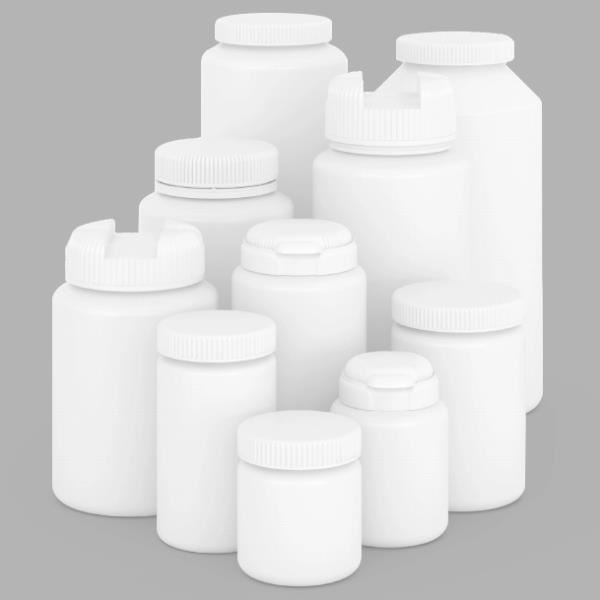

Early involvement in the design process allows for sustainability ideas to be evaluated. One of the cornerstones of a circular economy is designing with the ability to recycle a product and optimize the circulation of material for reuse. Today it is also possible to reduce the CO2 emission on existing product ranges, for instance, with the use of BIO-material or mass-balanced solutions. By using the mass balance model, the same quality standards are met, and it contributes to the environment.
Sustainable options to reduce carbon footprint – mass balance
Polypropylene and Polyethylene made of renewable feedstock, such as used cooking oil (UCO) or residues from vegetable/tall oil refining (Bio-circular material) will be soon available at Nolato. The plastic resin is a blend of renewable feedstock and fossil-based feedstock.
The entire process is certified, and the final application can be licensed. During the process, companies can track the amount of renewable feedstock they have contributed to their manufacturing systems. Brands can then balance out the certified content ratios in the end products, allowing for greater transparency and accountability. Nolato products can be produced with ISCC-certified bio-circular plastic. (> 95% ISCC-certified material for bottles & 100% for SC-light / CL caps), and thus calculate the reduction of the CO2 emission.
ISCC Certification
Nolato and its resin suppliers have decided to use ISCC as the certification system for mass balance. Sustainability credentials can be applied to the final product through various claims and/or an ISCC logo. Only companies that are ISCC certified or ISCC licensed can use the ISCC claim or the ISCC logo. The ISCC plus certification means sustainable materials can be traced all the way through the chain of custody. It makes it easier to meet sustainability targets and stay on top of changing legislation only Bio-circular options are used by Nolato and its supplier.
Cerbo Classic - mass balance
The mass-balanced option is a transferrable solution with identical grade, performance, specification, and regulatory compliance, which can be applied to our current product range - Cerbo Classic: MPS 001, 005, and 013. Customers decide how much content is to be renewable. A minimum of 20% mass balance (MB) is required to be able to use the ISCC logo. Available contents are 20%, 50%, and 100/97%, depending on the colour MB blend.
Without a doubt, the type of materials used and the amount of energy consumed during production are the most critical factors that contribute to the carbon footprint of a plastic bottle and cap. Fortunately, the Nolato Cerbo range takes environmental sustainability seriously and uses only green energy, which significantly reduces its carbon impact. This is far more impactful than transportation costs. Moreover, Nolato has taken a bold step towards sustainable initiatives by signing a long-term contract with a solar farm in the south of Sweden. With this move, Nolato is making a powerful statement to the world about its commitment to sustainability.


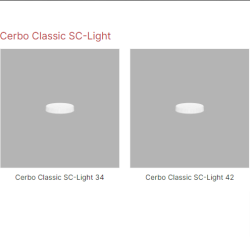
.png)
.png)
.png)
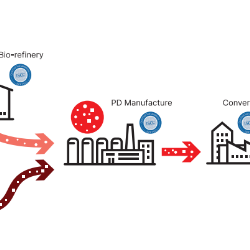
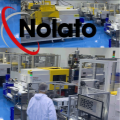

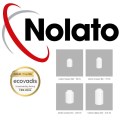
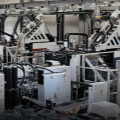
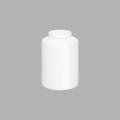


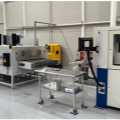

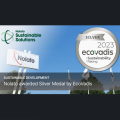
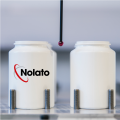



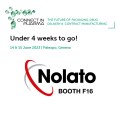
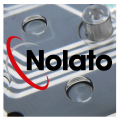


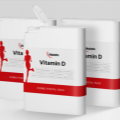
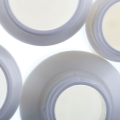
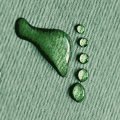


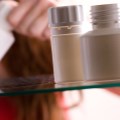
.jpg)
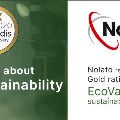
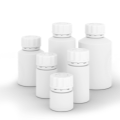

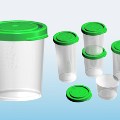
.jpg)